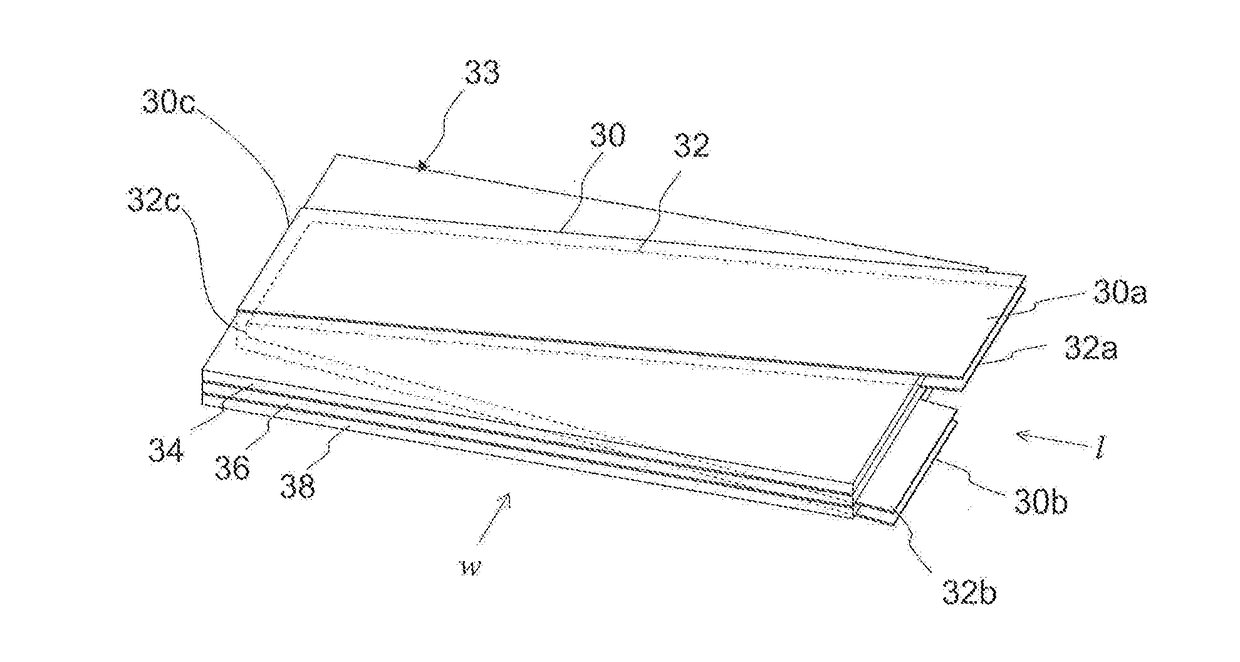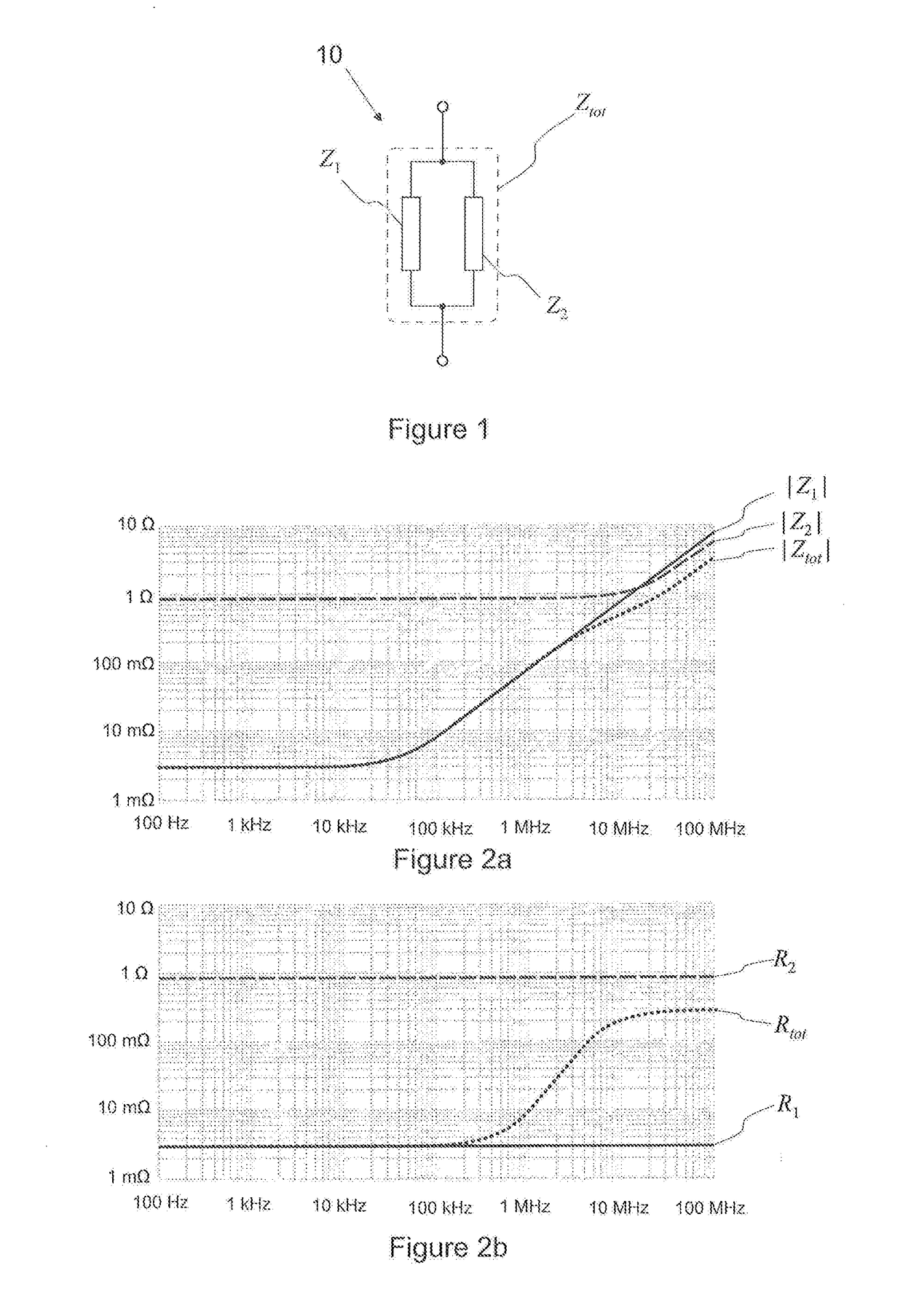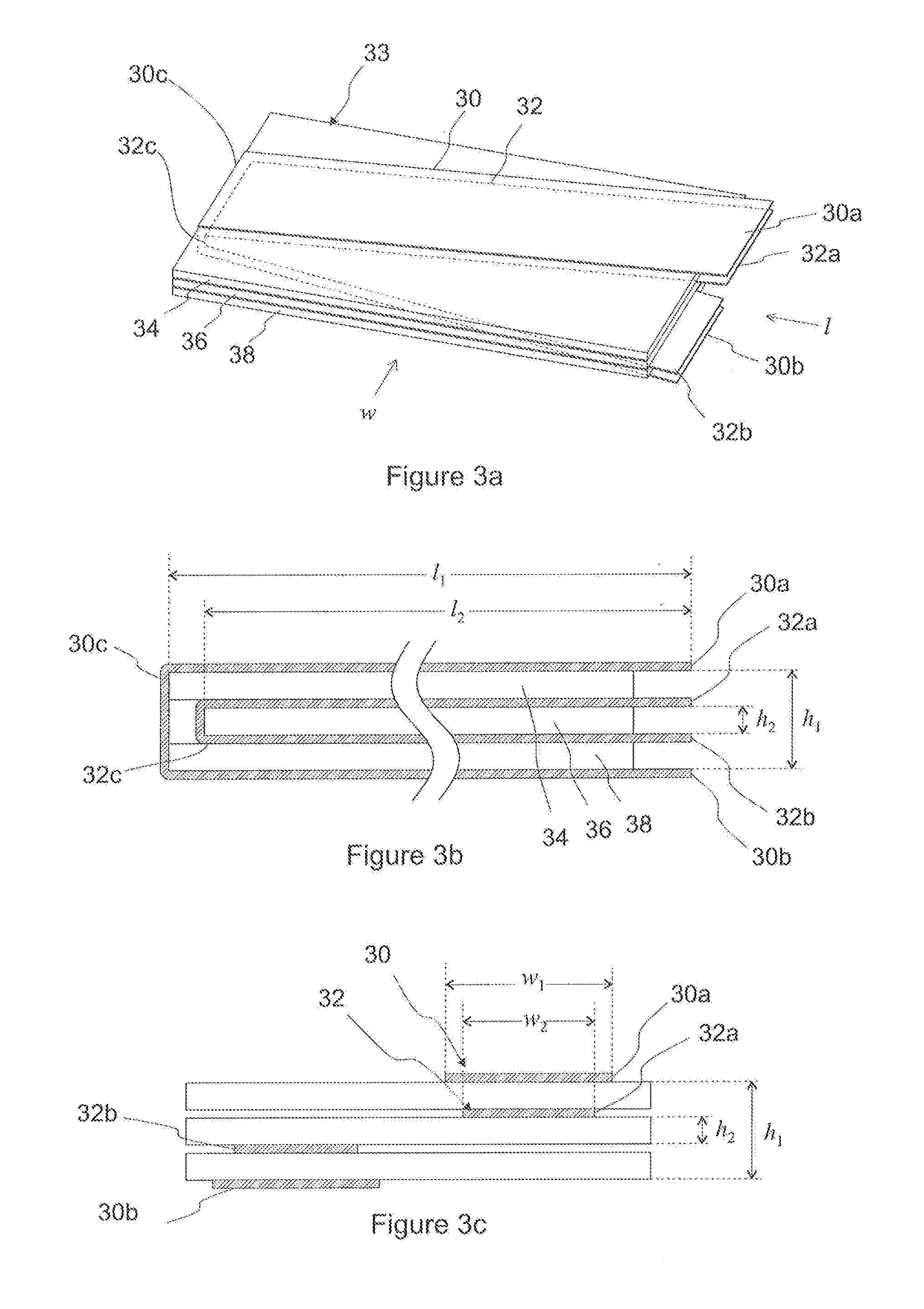Current conductor structure with frequency-dependent resistance
- Summary
- Abstract
- Description
- Claims
- Application Information
AI Technical Summary
Benefits of technology
Problems solved by technology
Method used
Image
Examples
Embodiment Construction
[0017]The present disclosure describes a current conductor structure with a frequency-dependent resistance. The current conductor structure may be in the form of a bus bar in a main circuit of a power electronics converter, for example. The power electronic converter, may be a frequency converter, for example.
[0018]The current conductor structure may comprise at least a first current path and a second current path connected in parallel. The first and second current path may be configured such that the second current path has a higher resistance and a lower inductance than the first current path. As a result, the resistance component of a total impedance of the current conductor structure is larger than the resistance component of the impedance of the first current path at frequencies above a set frequency limit. A current through a resistance dissipates power into heat. Therefore, the current conductor structure selectively dampens currents at frequencies above the set frequency lim...
PUM
 Login to View More
Login to View More Abstract
Description
Claims
Application Information
 Login to View More
Login to View More - R&D
- Intellectual Property
- Life Sciences
- Materials
- Tech Scout
- Unparalleled Data Quality
- Higher Quality Content
- 60% Fewer Hallucinations
Browse by: Latest US Patents, China's latest patents, Technical Efficacy Thesaurus, Application Domain, Technology Topic, Popular Technical Reports.
© 2025 PatSnap. All rights reserved.Legal|Privacy policy|Modern Slavery Act Transparency Statement|Sitemap|About US| Contact US: help@patsnap.com



